Understanding the Lifespan of Breast Implants
Breast implants, whether composed of silicone or saline, do not last forever and their lifespan can differ widely among individuals. On average, breast implants are expected to last between 10 to 15 years, but this is not a hard and fast rule. Several factors can influence the longevity of your implants, including your body type, lifestyle, and the specific type of implant used.
Some individuals may find their implants last much longer without any issues, while others might experience complications that necessitate earlier replacement. For instance, factors like significant weight changes, pregnancy, and breastfeeding can impact the appearance and integrity of breast implants. Additionally, trauma to the chest area and certain medical conditions can also affect their durability.
It’s important to be aware of these variables because they can help you set realistic expectations and make informed decisions about your breast implants. Regular monitoring and consultations with your plastic surgeon can provide a clearer picture of how your implants are holding up and whether any issues are developing. Knowing the typical lifespan and factors that could shorten it helps you stay proactive about your breast health and prepares you for potential future revisions.
Common Signs That Indicate Implant Replacement Is Needed
Various signs can signal the need for breast implant replacement. Notable changes in the shape or size of your breasts are common indicators. Saline implants may deflate, leading to noticeable asymmetry. A hardening sensation around the implant can indicate capsular contracture, a condition where scar tissue tightens around the implant. Persistent pain, which is unusual and uncomfortable, should prompt a consultation with a healthcare professional. Visible rippling or wrinkling of the skin over the implant is another sign that something may be amiss. Additionally, any significant asymmetry that develops over time could be a sign of an issue requiring attention.
It’s important to stay vigilant and monitor your breast health. If you experience any of these symptoms, it’s crucial to reach out to your plastic surgeon for a thorough evaluation.
The Role of Regular Check-Ups and Imaging
Regular check-ups and imaging are pivotal in maintaining the health of your breast implants. Routine follow-ups with your plastic surgeon can help monitor the condition of your implants, allowing for early detection of potential issues. These appointments often include physical examinations and, for those with silicone implants, periodic imaging tests such as MRIs or ultrasounds.
Silicone implants, in particular, can experience silent ruptures, which are not always detectable through physical examination alone. Imaging tests can reveal such ruptures, as well as other complications like capsular contracture or implant displacement, that might not be immediately apparent. Saline implants, on the other hand, typically deflate visibly when ruptured, making the issue easier to identify without imaging. However, regular check-ups are still important to monitor for other potential problems.
During your regular check-ups, your plastic surgeon will also assess the condition of the surrounding tissue and look for any signs of complications, such as changes in breast shape or unusual hardening. These evaluations are crucial because some complications, if left untreated, can lead to more severe issues over time.
By maintaining a schedule of regular check-ups and utilizing imaging when necessary, you can ensure that any problems with your breast implants are identified and addressed promptly. This proactive approach helps in preserving not only the aesthetic results of your breast augmentation but also your overall breast health. Always consult with your plastic surgeon to establish a check-up schedule that is appropriate for your specific situation.
Potential Complications That May Require Immediate Attention
Certain complications associated with breast implants necessitate prompt medical attention. Severe pain, whether sudden or escalating over time, should not be ignored, as it may signal underlying issues that require immediate evaluation. Infections can develop around the implant, presenting symptoms such as redness, swelling, fever, or discharge. If you observe any of these signs, it’s essential to consult your healthcare provider without delay.
Sudden changes in the appearance of your breasts, such as noticeable swelling, asymmetry, or alterations in texture, can indicate problems like implant rupture or capsular contracture. Although some changes can occur gradually, any rapid or drastic transformation should be promptly assessed by a medical professional.
One rare but serious condition linked to breast implants is Breast Implant-Associated Anaplastic Large Cell Lymphoma (BIA-ALCL). This type of lymphoma typically presents with persistent swelling or a mass around the implant, often years after the initial surgery. Early detection and treatment are critical for managing this condition effectively.
In some cases, fluid accumulation around the implant, known as a seroma, can occur and may require drainage or further intervention. While minor seromas can resolve on their own, larger or recurrent fluid collections should be evaluated by a surgeon.
Maintaining regular follow-ups with your plastic surgeon and staying alert to any unusual symptoms are key steps in ensuring the longevity and safety of your breast implants. If you experience any of these complications, seek medical advice promptly to address the issue before it escalates.
Balancing Aesthetic Goals with Health Considerations
When thinking about replacing breast implants, it’s essential to strike a balance between achieving your desired appearance and maintaining optimal health. Many individuals opt for breast revision not only due to medical reasons but also to refine their aesthetic outcomes. Open and transparent communication with your surgeon about your goals and any concerns is key to developing a surgical plan that meets both your health requirements and aesthetic preferences.
During your consultation, discuss your motivations for considering implant replacement. Whether you wish to change the size, shape, or type of implant, or address issues like sagging or asymmetry, it’s important that your surgeon understands your vision. Additionally, your surgeon will evaluate your overall health and the condition of your existing implants to determine the safest and most effective approach.
Health considerations should never be overlooked. Ensuring that your implants are not causing complications is a primary concern. Your surgeon will help you weigh the risks and benefits of the procedure, taking into account factors like implant integrity, tissue health, and any symptoms you might be experiencing. This holistic approach ensures that the surgical plan addresses both cosmetic goals and medical necessities.
Ultimately, achieving a harmonious balance between aesthetics and health will lead to the most satisfying outcomes, both visually and physically. This thoughtful approach is crucial in making well-informed decisions about your breast implant replacement.
The Surgical Process for Breast Implant Replacement
The procedure for breast implant replacement generally begins with anesthesia to ensure your comfort throughout the surgery. The surgeon will make an incision, often in the same location as your initial surgery to minimize additional scarring. Once the incision is made, the old implants are carefully removed. If capsular contracture or other issues are present, a capsulectomy may be performed to remove hardened scar tissue.
Next, the surgeon will insert the new implants, making adjustments to achieve the desired symmetry and appearance. This may involve repositioning the implants or altering the implant pocket. Depending on your specific case, the surgeon might also address other aesthetic concerns, such as lifting the breasts if sagging has occurred.
After the new implants are in place, the incisions are closed with sutures, and you will be moved to a recovery area. Post-surgery, you will receive detailed aftercare instructions, including information on managing discomfort, activity restrictions, and follow-up appointments. Recovery time varies, but most patients can resume normal activities within a few weeks. Regular follow-ups will ensure proper healing and satisfactory results.
Selecting a Qualified Plastic Surgeon for Breast Revision
Selecting a Qualified Plastic Surgeon for Breast Revision
Choosing the right plastic surgeon for your breast revision is paramount to achieving the best possible outcome. Begin by seeking a board-certified plastic surgeon who has substantial experience with breast implant procedures. Board certification ensures that the surgeon has met rigorous standards in terms of education, training, and ethical practice. Look for surgeons who specialize in breast revision surgeries, as this expertise can significantly influence the quality of your results.
Take the time to research and read reviews from former patients. This firsthand feedback can provide valuable insights into the surgeon’s skills, bedside manner, and overall patient satisfaction. Additionally, reviewing before-and-after photos of previous breast revision surgeries performed by the surgeon can help you gauge their aesthetic style and proficiency.
During your consultation, assess the surgeon’s communication skills and willingness to answer your questions. A good surgeon will take the time to understand your goals, explain the risks and benefits of the procedure, and provide personalized recommendations based on your individual needs. Trust and comfort with your surgeon are essential, as they will guide you through each step of the revision process.
By carefully selecting a qualified and experienced plastic surgeon, you can optimize both the safety and success of your breast implant replacement.
CONTACT US TO Schedule a Consultation WITH CLEVELAND, OH PLASTIC SURGEON, Dr. Bram Kaufman
To learn more about cosmetic treatment and procedures or to schedule a consultation by Cleveland Ohio area plastic surgeon, Dr. Bram Kaufman, please contact us click here.
Now taking new patients in Cleveland OH | Pepper Pike | Beachwood | Lyndhurst and other surrounding areas.
